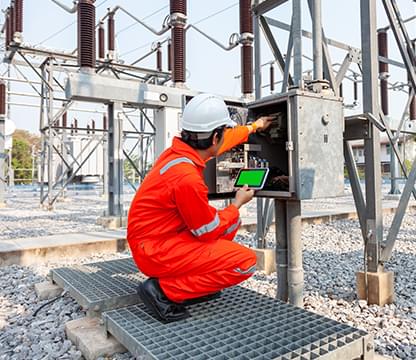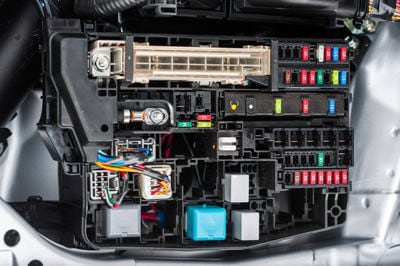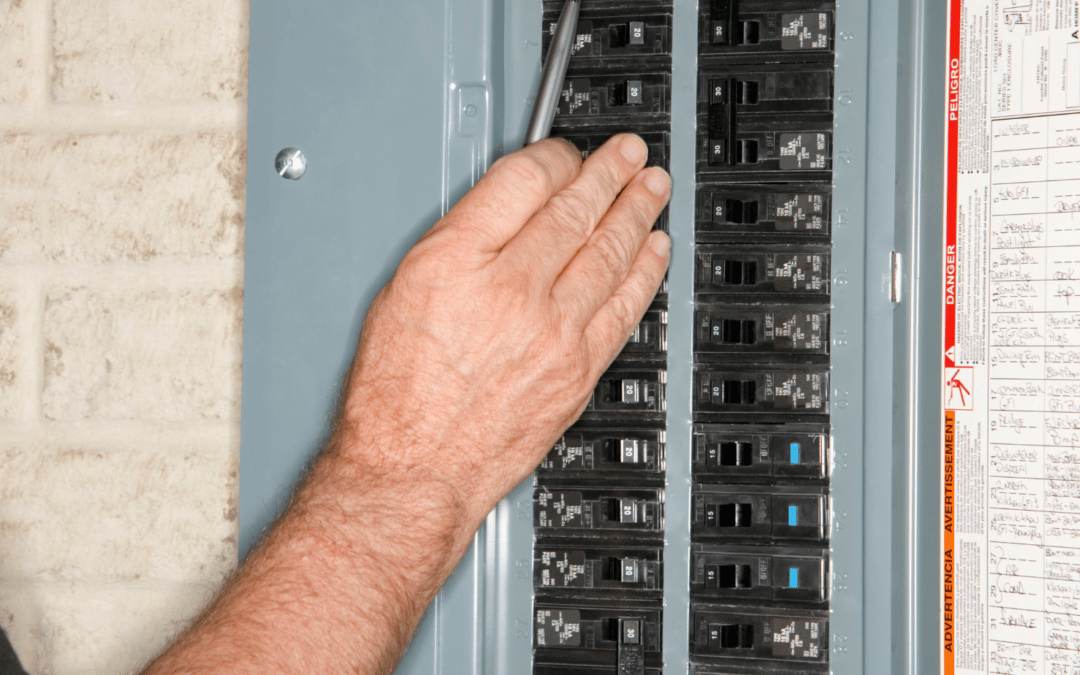Advanced technical support for electrical industry to drive success.
Advanced technical support for electrical industry to drive success.
Blog Article
Top Tips for Effective Electrical System Troubleshooting
Troubleshooting electric systems needs a methodical strategy, based in an extensive understanding of electrical concepts and security protocols. By acquainting oneself with circuit parts, using necessary tools, and adhering to an organized examination approach, experts can successfully identify and solve concerns. Nevertheless, the nuances of efficient repairing extend beyond plain technological expertise; recognizing exactly how to record findings and prioritize security can significantly affect end results. As we discover these essential elements further, it ends up being clear that understanding this process is not just beneficial however necessary for success in the area.
Understand the Essentials
Comprehending the essentials of electric systems is necessary for effective troubleshooting, as a strong structure enables service technicians to identify and deal with concerns much more successfully. A thorough understanding of electrical principles, such as voltage, current, resistance, and power, is vital in determining the source of troubles. Voltage is the electric prospective difference that drives current with a circuit, while resistance opposes the flow of current, affecting the general capability of the system.
Experience with circuit elements, including resistors, capacitors, diodes, and switches, is likewise vital. Each part plays a distinctive duty in circuit actions and can influence efficiency when malfunctioning. Furthermore, recognizing series and identical circuit configurations is crucial, as these setups affect the circulation of voltage and present within the system.
Additionally, expertise of security methods is indispensable. Technicians have to recognize possible threats, such as shock and brief circuits, to carry out safe troubleshooting practices. By grasping these fundamental concepts, technicians enhance their capability to conduct effective diagnostics and fixings, eventually resulting in boosted efficiency and reliability of electrical systems. This fundamental expertise is the cornerstone of successful repairing endeavors.
Gather Necessary Tools
Effective troubleshooting of electric systems requires the best set of devices to diagnose and resolve concerns properly. A well-equipped specialist can substantially improve performance and performance in determining troubles. Necessary tools include a multimeter, which determines voltage, existing, and resistance, enabling exact evaluations of electrical components. Secure meters are likewise useful for measuring present without detaching the circuit, making sure security and convenience.
In addition, insulated hand tools such as screwdrivers, pliers, and wire strippers are important for securely controling electrical connections. It is likewise a good idea to have a circuit tester available to confirm the existence of voltage in outlets and cables. For even more complicated systems, a thermal imaging video camera can aid spot overheating components, indicating potential failures.

Comply With an Organized Method
Having gathered the ideal tools, the following action in troubleshooting electric systems is to follow a methodical technique. A systematic technique makes certain that service technicians can identify mistakes successfully and properly, lessening downtime and avoiding unneeded repair work.
Begin by examining the system's schematic representations and specs. Recognizing the style and operational parameters will certainly offer context for detecting problems. Next off, separate the issue location by utilizing a process of removal. This involves monitoring each component methodically, beginning with the power resource and functioning towards the lots.
Use testing equipment, such as multimeters and oscilloscopes, to gather objective information about voltage, present, and resistance at different factors within the system. This empirical evidence will certainly assist your troubleshooting efforts and help to verify or remove prospective reasons for failing.
Additionally, consider environmental aspects that may influence the system's efficiency, such as temperature fluctuations or wetness ingress. A detailed evaluation of wiring, links, look at here now and parts will certainly ensure that all opportunities are accounted for.
File Your Findings
Detailed documents is crucial in the troubleshooting process of electric systems. This technique not just help in understanding the origin cause of the problem but also serves as a recommendation for future repairing efforts.

Additionally, keeping a log of parts replaced or repairs performed is invaluable. This details sustains stock administration and can aid examine the long life and reliability of details components.
Inevitably, the paperwork process ought to be thorough yet succinct, enabling very easy retrieval and review - electrical system troubleshooting. By prioritizing in-depth documents, technicians can produce an important data base that not only aids in present troubleshooting yet also empowers future maintenance efforts, thereby enhancing overall system reliability

Prioritize Safety And Security Steps
Acknowledging the fundamental risks connected with electrical systems is critical for making certain safety throughout troubleshooting. Electrical shock, burns, and tools damage are just a few of the possible risks that service technicians deal with. Prioritizing precaution is not just a lawful obligation however likewise a moral critical that safeguards both the service technician and the surrounding setting.
Before commencing any type of troubleshooting job, technicians should put on suitable personal protective equipment (PPE), consisting of shielded gloves, safety and security glasses, and flame-resistant apparel. Making sure that the workspace is dry and devoid of mess can dramatically decrease the threat of mishaps. Additionally, it is necessary to de-energize circuits prior to starting any kind great post to read of work, verifying that they are not endure making use of a multimeter or voltage tester.
Establishing clear communication protocols with group members is also essential; this ensures that everyone understands possible threats and the condition of the electrical system being functioned on. Having an emergency feedback strategy in area can confirm important in the occasion of an occurrence. By prioritizing precaution, technicians can efficiently minimize risks and promote a much safer work environment.
Conclusion
Reliable electrical system repairing relies on a detailed understanding of fundamental concepts and a methodical technique. Focusing on safety actions ensures the wellness of individuals involved and the stability of the electrical system.
Report this page